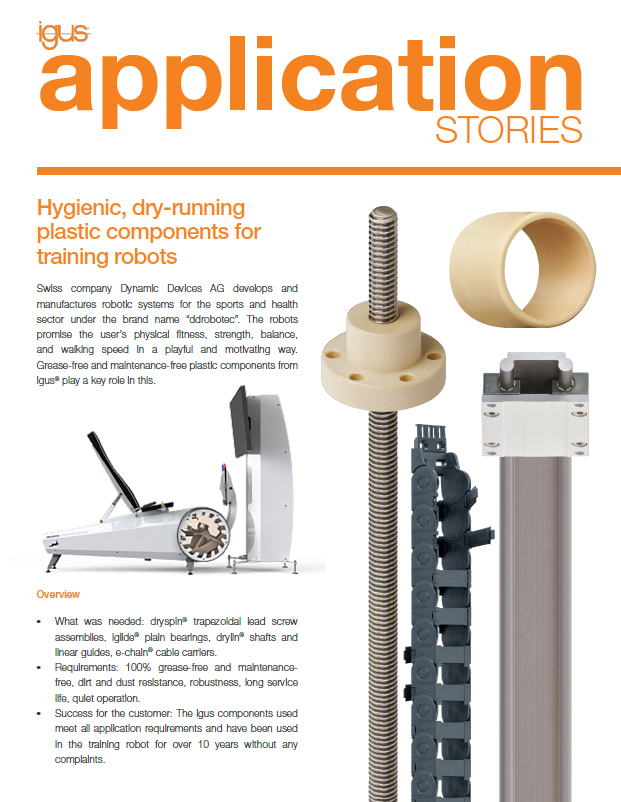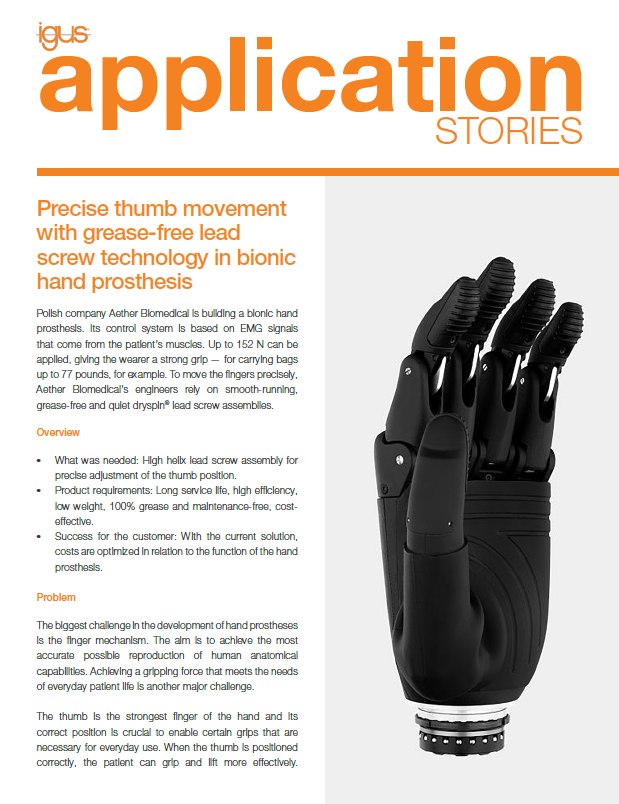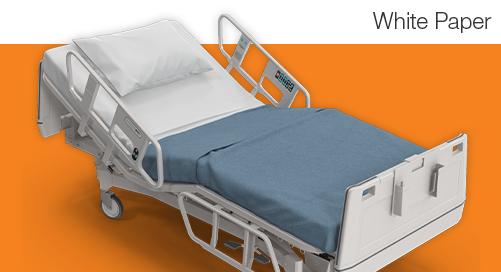The first ever seated self-transfer system between bed & wheelchair
For people with limited mobility, getting out of bed and into a wheelchair on their own can be difficult, if not impossible. Just in the U.S., roughly 24.2 million people are unable to independently get out of a bed or chair. Even with nursing assistance and standard mechanisms like body boards or slings, this transfer is still difficult and can cause injury to both nurse and patient.
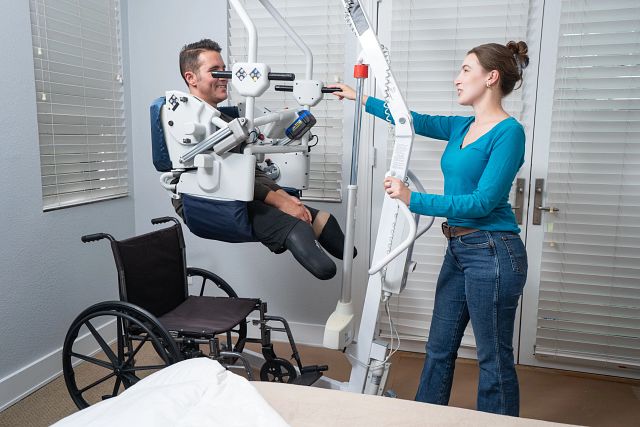
These challenges inspired the team at UpLyft® — in conjunction with Pathway NPI — to develop the first ever seated self-transfer system between bed and wheelchair.
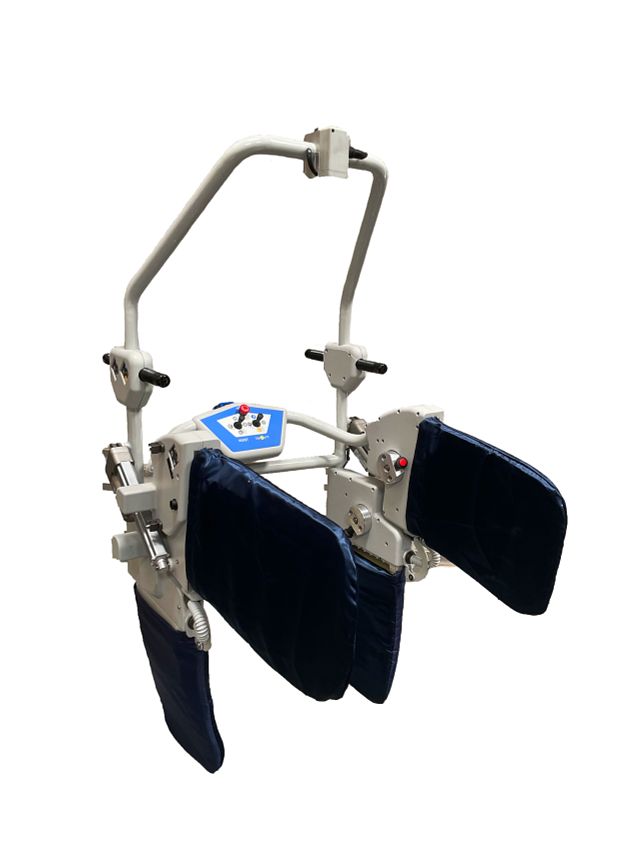 “In two minutes, a person can self-transfer him/herself with UpLyft from a horizontal lying down position in bed into an upright seated position in their wheelchair, and vice versa,” said James Cochran, co-founder of Pathway NPI.
“In two minutes, a person can self-transfer him/herself with UpLyft from a horizontal lying down position in bed into an upright seated position in their wheelchair, and vice versa,” said James Cochran, co-founder of Pathway NPI.
This ease-of-use is essential for limiting healthcare workers’ neck and back injuries — which account for $20 billion a year in the U.S. alone — since there’s no external force needed when using the UpLyft like there would be with other lift-to-stand mechanisms.
“UpLyft replaces slings, body boards, and other inferior “lift-to-stand” mechanisms that require nursing assistance and physical force to transfer individuals with mobility challenges," remarked Cochran.
Overcoming design challenges
The primary challenge that the UpLyft & Pathway NPI teams faced was the size of the UpLyft — it needed to be able to work within small spaces like a patient’s bedroom and various clinical environments. According to Cochran, “In order to be compatible with existing hoists and wheelchairs, and still be safe and comfortable for the patient, the UpLyft needed to be as small as possible.”
Another consideration when designing the UpLyft was its load capacity. It needed to be able to handle loads as high as 300 pounds on a frequent basis.
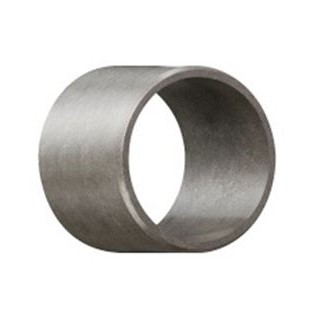 The design team considered every option. “UpLyft’s creators considered everything from traditional ball bearings to no bearings at all,” said Cochran about this process. Eventually, the team decided upon iglide® bushings and thrust washers from igus®.
The design team considered every option. “UpLyft’s creators considered everything from traditional ball bearings to no bearings at all,” said Cochran about this process. Eventually, the team decided upon iglide® bushings and thrust washers from igus®.
“The high-load capabilities and compact size of the igus bearings allowed us to keep moving components small and reduce the overall size of the device,” said Cochran. Another benefit — especially for medical environments — was the dry-running nature of the bearings.
“igus’ ability to run dry allowed the system to run without lubricants, reducing maintenance and increasing the device’s ability to run in clean environments.”
Various bearings made of the iglide G material were used throughout the entire machine. “Those bearings were used at several different points: Cable pulleys, toggle arms, frame hinge points, safety switch,” explained Cochran.
Every bearing used served the similar purpose of remaining compact while still capable of handling high loads and cycles, while also not generating excessive amounts of dust or particulates. The bearings also remain quiet during operation, ideal for sensitive healthcare spaces.
A long-lasting partnership
This was not the first time Pathway had worked with igus as part of a collaboration with other companies. In 2017, Pathway worked with another Manus competition applicant — Levitate Technologies — on an exoskeleton design that also used iglide bearings.
“We were very familiar with the igus catalog and igus was always available to help support us in identifying products to meet critical specifications as well as provide samples for testing,” said Cochran.
To learn more about igus products for the medical industry, visit our webpage! For specific questions about a product or application, contact an expert.

